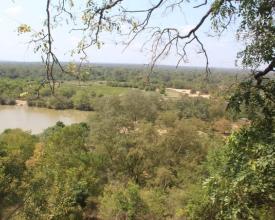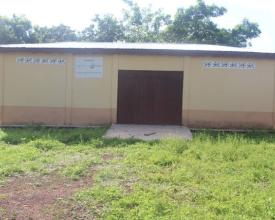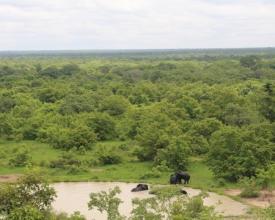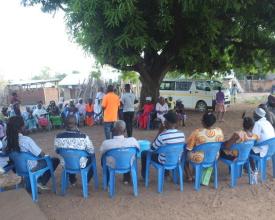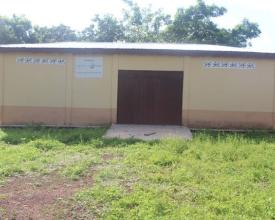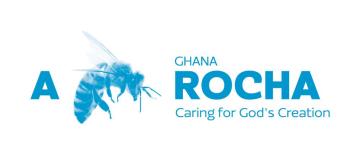
Mobilising finance in the shea value chain
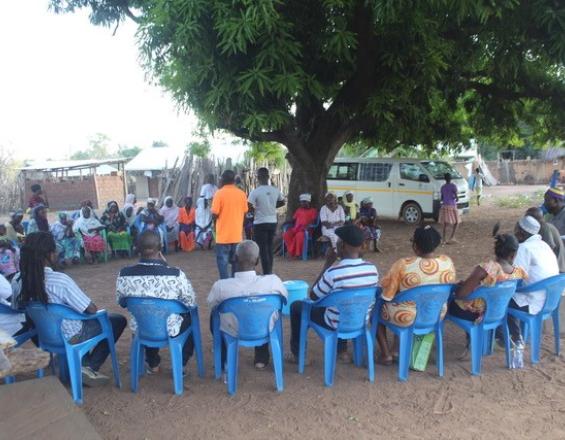
A shea value chain created around a protected areas landscape in Ghana led to greater finance flowing into community and conservation. Mole National Park is a biodiverse ecosystem, and Ghana’s largest protected area. Communities surrounding the Park benefit from its natural resources, but were using them unsustainably. In 2008, A Rocha Ghana and IUCN Netherlands Committee implemented a Community Resource Management Area (CREMA), a governance and management framework created by the Wildlife Division of the Forestry Commission, to empower local communities for natural resource management. Inhabitants designed a shared plan for the landscape that simultaneously addresses conservation and socio-economic wellbeing, including building a shea value chain. Implementing organisations engaged with the Savannah Food Company to become a business partner with the CREMAs, particularly women’s groups who collect shea nuts, and help create a fund to support conservation action in the community.
Context
Challenges addressed
Communities depend on the land for food and income. Game species were hunted and either sold or consumed, while wood was collected for charcoal production: these activities had negative impacts on the Park. The challenge was to figure out how to mobilize communities around the sustainable management of resources that they use and need daily; ultimately, it was about motivating them to become stewards of Mole National Park’s ecology.
Later on, there were furtive attempts of other companies who upon realizing the profitability of working with women’s groups in this area, tried to attract them with short-term gains. The fact that other companies wanted to work with them was not an issue in itself; the problem was that these companies were only interested in profit, and would not have contributed to conservation goals, therefore rendering this initiative and its objectives a failure, potentially followed by an exploitation of the women’s work.
Location
Process
Summary of the process
Not only did CREMA provide a space for the community to learn that they can live well without destroying the environment, it also empowered them to combine the economic development of their community, with nature protection. It was through CREMA’s governance framework that a shared vision and roadmap was created and reinforced, which also led to highlighting the tremendous benefits of developing shea value chains. The identified company (SFC) agreed to collaborate with women’s groups because they could piggyback on CREMA and use it as an entry point to start engaging with the women’s groups.
Building Blocks
A clear governance framework
The Community Resource Management Area (CREMA) is a governance and management framework, which aims to build the capacity of local communities to manage sustainably natural resources in off-reserve areas. The CREMA provided a structure to gather traditional authorities and communities and find common solutions to increase their income sources without threatening natural resources in the Park.
Enabling factors
A governance management framework has to be rooted within the culture and structure of a community. It should rest on previously collected information on the relationship that people have with natural resources around them and the dynamics between individuals regarding the use of these resources. In order to fully integrate this framework, the community needs to see that the end goal and mechanisms are about them, and driven by them.
Lesson learned
The CREMA framework most importantly helped to build trust between the various stakeholders; this was essential to convince them of the importance and benefit of collectively developing a framework to manage and monitor natural resources, and address threats to national parks in their areas.
A clear vision and management plan
Out of the CREMA initiative came a management plan tailored for the specific target community. The plan helped to shape a vision with all stakeholders in the community of how to manage together natural resources. The plan and the vision helped to solidify the importance of protecting nature and the benefits that come with doing so. Short-term benefits to improve livelihood were identified such as beeping or providing farmers support to increase their harvests. This highlighted the necessity to identify more durable revenue sources: the traditional commodity shea was integrated as a component of the shared vision.
Enabling factors
People need to understand both the short-term and long-term benefits that they will reap by protecting nature, and how each activity/block of the plan they came up with builds up to a greater goal.
Lesson learned
A vision and management plan needs to be very clear not only to ensure that every stakeholder is taken into account, but that it is also clear enough for each actor to find their place and sees the value in their respective responsibilities.
A responsible business partner
In order to realise the benefits of producing shea in the landscape, it was important to find and partner with a reliable company to fill two roles: develop value chains for women who collect and sell shea nuts, and support the community in conservation actions. This entailed looking at various opportunities, early preparation work with the company and framing it in a way to understand the needs of local communities. It was then that the Savannah Food Company (SFC) was identified and brought on board this journey.
Enabling factors
Since the CREMA community was now more aware of nature’s benefits, they preferred to collaborate with a company that would be more than just a business partner, and actually contribute to their vision. Furthermore A Rocha Ghana ensured that SFC would pay good premiums for the women who collect shea, which also touched addressed the social component of the vision.
Lesson learned
It is important to find a company that sees its role in society as more than just a profit-making enterprise, but also as a sustainability actor. SFC wanted to see an existing governance structure and an organised groups to make the contracting arrangement easier.
Impacts
Since women’s revenues increased, their life conditions improved. They could afford nicer clothes so they became confident enough to attend networking events, which emphasized their presence in the community. They started saving money, which flowed into village saving schemes, loaned to others, or invested in other revenue streams like beekeeping. Overall, the economy of the community greatly benefited.
Poaching incidence declined in CREMAs where shea value chains were profitable, potentially halting the practice.
Even though this was primarily seen as women’s work, men also developed an interest in the collection of shea nuts, so they bought motorcycles to harvest shea nuts. This increased revenue flows in the community, and the supply of shea nuts for SFC, which in turn incentivized further financial support for conservation activities. The positive impacts and profitability of shea value chains in CREMA areas supported by the private sector signalled its capacity to provide sustainable livelihoods.
In fact, several other companies showed interest in supporting and investing in these women’s groups. Evolution of Smooth (EoS) joined the program, and the Global Shea Alliance invited A Rocha Ghana to join their Sustainability Working Group, providing an opportunity for the organization to enhance sustainability in the conservation landscape.
Beneficiaries
- Women’s groups engaged in shea production
- The CREMA Communities
- Mole National Park
- Traditional authorities
- Private companies
- A Rocha Ghana
Sustainable Development Goals
Story

Mole National Park is Ghana’s largest protected area and is embedded in an ecological landscape with very biodiverse ecosystems. Communities who live around the Park depend on this area for food, income and energy purposes, which were used in an unsustainable manner. Illegal wood harvesting and trade in commercial hardwood negatively affected the Park.
The Wildlife Division of the forestry Commission of Ghana created the CREMA program, which is a governance and management framework for sustainable resource management by communities. In collaboration with A Rocha Ghana and IUCN NL Committee, this framework was used by the community to organize themselves in order to benefit more from natural resources by managing more sustainably. Within the CREMA framework, the communities created a management plan, which shaped a shared vision around conservation activities and income generation. In addition to activities such as beekeeping and eco-tourism, shea was identified as a traditional commodity run by women’s groups, which fit well into the vision. Exploring existing trading organisations, the CREMA and A Rocha Ghana identified the Savannah Food Company (SFC) who, despite an underdeveloped value chain in the area, agreed to collaborate with the women’s groups because of the existing CREMA framework and the management plan. Hence, they built their contracting engagement around the existing CREMA work.
The women’s groups chose not to work with other shea companies, but with SFC for two reasons: SFC was a regular and constant partner, ensuring stability, and SFC was interested in building community trust with them and supporting their conservation activities, which aligned with the community’s objectives.
Because of this partnership, women observed an increase in their income that allowed them to save and loan money to other community members through Village Savings and Loans Associations (VSLAs); men dedicated more of their time to supporting women’s shea work, which in turn reduced the intensity of resource-depleting activities in Mole National Park. These successes also attracted other companies who wanted to support and invest in women’s groups around the shea value chain. Since A Rocha Ghana’s work was highlighted, it was invited to join the Global Shea Alliance, (GSA), Sustainability Working Group.

